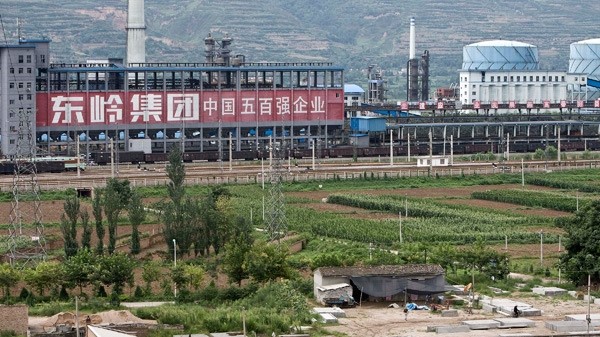Lead is a versatile and indispensable metal utilized in numerous commercial and industrial applications. However, the extraction and processing of lead involve significant environmental and health risks, particularly during smelting. Smelting is a process that involves the utilization of reducing agents to separate lead from other impurities. Let's delve deeper into the intricate details of lead smelting.

Lead Smelting Process
Plants designed for lead production are known as lead smelters, where sintering initiates the primary lead production. This process involves feeding concentrated lead ore into a sintering machine consisting of iron, silica, limestone fluxes, coke, soda ash, pyrite, zinc, caustics, or pollution control particulates. The combination is then heated to form lead sinter. This sintering primarily serves to oxidize sulfur, impurities, and volatile contaminants in the lead ores.
During the reduction stage, reducing substances combine with the oxidizing elements to free the metal. This step is the final stage of smelting in which the oxide is transformed into elemental metal. Carbon monoxide within an air-starved furnace often provides a reducing environment that pulls the last oxygen atoms from the raw metal. The furnace operates optimally at high temperatures, enabling complete reduction of lead oxide to lead.
Iron Smelting Furnace
Iron smelting, on the other hand, involves converting iron oxide into metallic iron. The process uses a reducing agent to remove oxygen from the ore to produce metallic iron; hence, the furnace's reducing environment is critical. Iron smelting involves three primary steps: ore preparation, smelting, and refining. Unlike lead smelting, iron smelting typically uses coke as a reducing agent instead of carbon monoxide.
Coke is made from coal by heating it in an airless environment. This process results in a porous, high-carbon content material that burns at high temperatures, making it an ideal reducing agent in iron smelting. The reducing agent reacts chemically with the ore to produce carbon dioxide, carbon monoxide, and metallic iron. The molten iron produced is then cast into molds to form iron products.
Conclusion
In conclusion, lead smelting is a vital process in the production of primary lead, a versatile and widely used metal. The process involves utilizing reducing agents to separate lead from other impurities. A critical step in lead smelting is reducing lead oxide to lead, a process requiring a reducing environment that pulls the final oxygen atoms from the metal. Iron smelting, on the other hand, involves the conversion of iron oxide into metallic iron utilizing coke as a reducing agent. It is crucial to note that the reducing environment is an essential component of any smelting process, influencing the success of the process.
Incorporating relevant keywords such as iron smelting furnace in blogs and articles helps improve search engine optimization (SEO) performance, making it easier for online users to find the content. With a better understanding of lead and iron smelting, readers can appreciate the complex processes involved in the production of these essential metals.